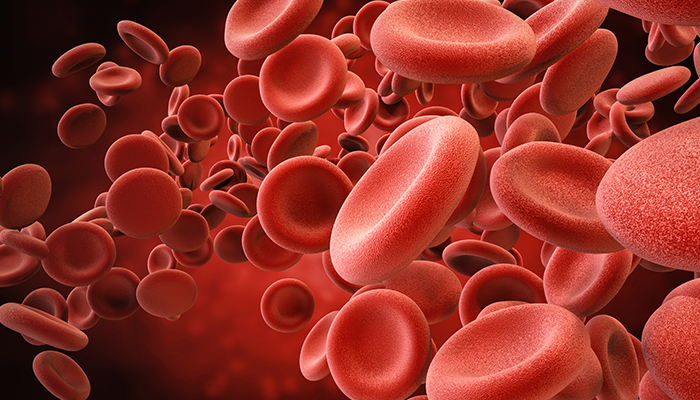The South Lake Pediatrics blog continues to focus on the topic of nutrition and your child in 2022. Each month, we will bring you information on one of many topics in this subject. If there is a particular nutritional question you think would be interesting to learn more about, please feel free to leave a comment below.
Sometimes as clinicians, we throw out medical terms and forget that the meaning isn’t clear to
our patients. “Your child is anemic.” “Your hemoglobin is low.” “This baby has low iron.”
What do these things actually mean? How much iron does your child need a day and what is
the best way to get it? The following is a little “Iron 101” lesson.
Iron is used for many functions in our body. Its biggest function it helps form hemoglobin.
Hemoglobin is a component of our blood. It carries oxygen around our body and makes our
blood red. When you hear your clinician say they are going to check your child’s iron, usually
they are checking their hemoglobin (you can check actual iron levels but that is not usually the
first test we perform). If the hemoglobin is low, we say your child is anemic. Some people will
feel fatigued or short of breath when their hemoglobin is too low. Some may feel nothing.
There are many causes of anemia but, in children, iron deficiency is the most common.
Iron is also used for several other processes in the body. Low iron has been linked to restless
leg syndrome (where you just want to move and move your legs at night). We can also see
issues in brain development such as slower visual and auditory processing or attention issues.
These are softer symptoms that are more difficult to measure and link to iron deficiency on an
individual basis but studies have shown a correlation. Some toddlers will have more breath
holding spells when they are iron deficient. Pica, which is an intense craving for non-food
items, is associated with iron deficiency.
People have different iron requirements at different ages. Children need more iron than adults
due to the need for iron with their rapid growth. Infants need about 1 mg/kg or iron a day (with
a maximum of 15mg). Premature infants will need 2-4 mg/kg because they miss out on the
major transfer of iron from mom during the third trimester of pregnancy. Children 1 to 3
years-old will need 7mg, 4-8 needs 10mg , and 9-13 needs 8 mg. Over 13, boys require 11mg
and girls require 15mg due to monthly blood loss with menstruation.
Iron can be found in many types of food. Meat is a big source of iron and is absorbed easier
by the body than plant sources. That doesn’t mean you can’t be vegetarian or vegan! It just
means you may need a little bit more if plants are your only source of iron. Iron fortified grains,
spinach, tofu, chickpeas, and beans are just a few examples of non animal sourced iron. There
are some foods that can help or inhibit the absorption of iron. Some brans, teas, and seeds
that contain phytates can inhibit iron being absorbed by the body. Vitamin C actually helps the
body take up iron.
Breastfed babies will need some extra iron supplementation after four months of age until they
are taking enough solid food to meet their needs. Poly vi sol with iron will provide both the
vitamin D they need as well as a little extra iron. At your baby’s nine month checkup, we will
check their hemoglobin. If it is low, we will start your baby on extra iron and recheck it a month
later. Most toddlers and older children will not need extra supplementation of iron and we do
not routinely check hemoglobins in children until puberty, specifically, we check girls when they
start menstruating.
Probably one of the biggest pitfalls that causes iron deficiency is giving too much cow’s milk to
your toddler or giving milk too early. Cow’s milk is low in iron. If given too early (less than a
year of age), it can cause microscopic bleeding from the intestines leading to iron deficiency.
Some toddlers are “milkaholics” and drink milk constantly. We will see these sweet, chubby
toddlers that look like they couldn’t possibly be deficient in anything but end up iron deficient
from too much milk. Limit your child to no more than 24 ounces of milk a day so they continue
to get good nutrition through other food sources.
If you have questions about your child’s intake of iron or any symptoms that may be
concerning for anemia, please talk to one of our clinicians at South Lake. We are more than
happy to help navigate the nutritional needs of your child!

thank you for the article